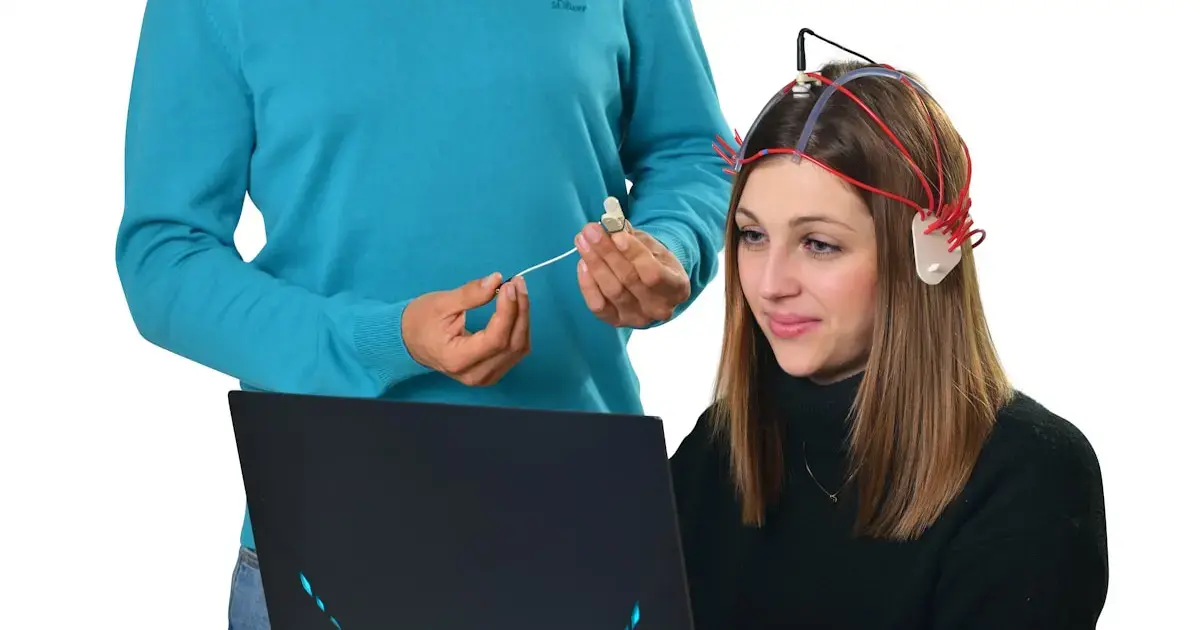 Previous research has shown that chronic narrows a part of the so-called body map in the brain (referring to the areas of the brain that track sensations in different parts of the body). However, some individuals are better able to tolerate pain because their brains are less sensitive to it.
Previous research has shown that chronic narrows a part of the so-called body map in the brain (referring to the areas of the brain that track sensations in different parts of the body). However, some individuals are better able to tolerate pain because their brains are less sensitive to it.
Knowing that prolonged musical practice positively impacts , such as improving cognitive abilities, a team of researchers from Aarhus University became curious about whether making music is linked to pain perception.
What Did the Researchers Discover?
Over several days, scientists induced pain in the arms of 19 musicians and 20 non-musicians to determine if there was a difference in their reactions to these unpleasant sensations.
To induce pain, the researchers injected participants with a safe protein known as a nerve growth factor, as reported by Independent. This protein supports nerve health but causes muscle pain for several days, especially if the arm is moved frequently.
The researchers then sent minor to the participants’ brains to see how they managed the injected pain. They also created brain maps before the injection, two days after, and again eight days later.

The team found striking differences in how the brains of musicians responded to pain compared to those of non-musicians.
“While the brain map of the arm in non-musicians shrank after just two days of pain, the brain map of the arm in musicians remained unchanged. The more hours they practiced, the less pain they felt. The results clearly showed that musicians’ brains reacted differently to pain,” said study co-author Anna Samorano.
The researchers suggest that musical training acts as a buffer against the typical negative impact of pain on the brain. However, music cannot serve as a universal remedy for chronic pain.
According to Dr. Samorano, the findings will help develop new treatment methods for those living with pain.
In their future studies, the scientists aim to understand whether regular music-making can protect individuals with chronic pain from declines in attention and cognitive abilities.
Photo: Unsplash
